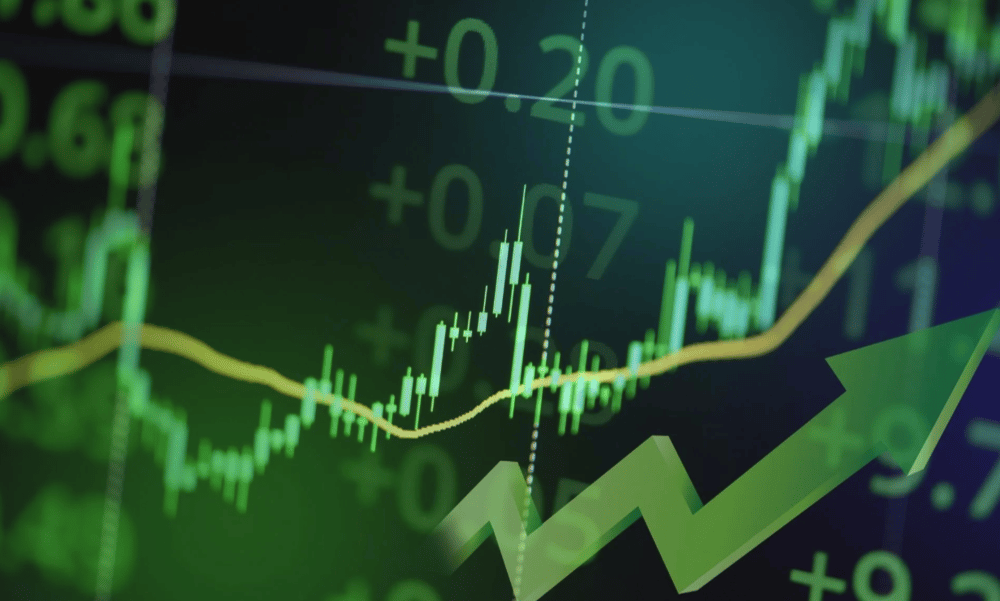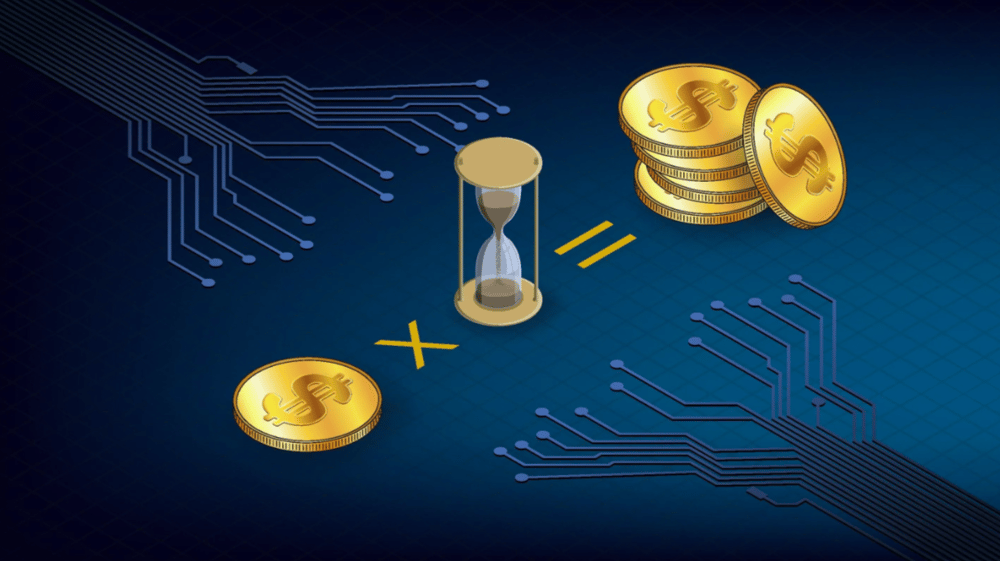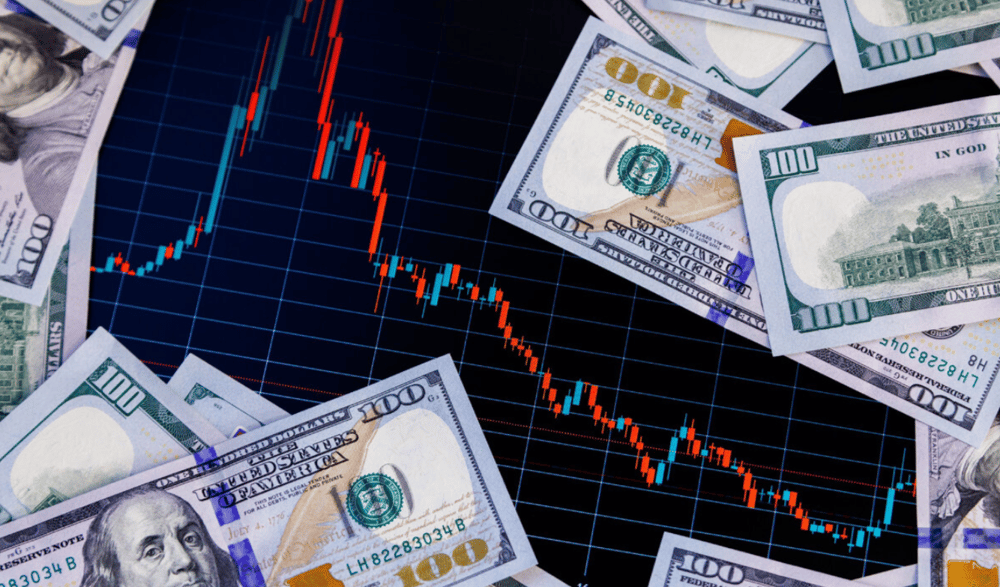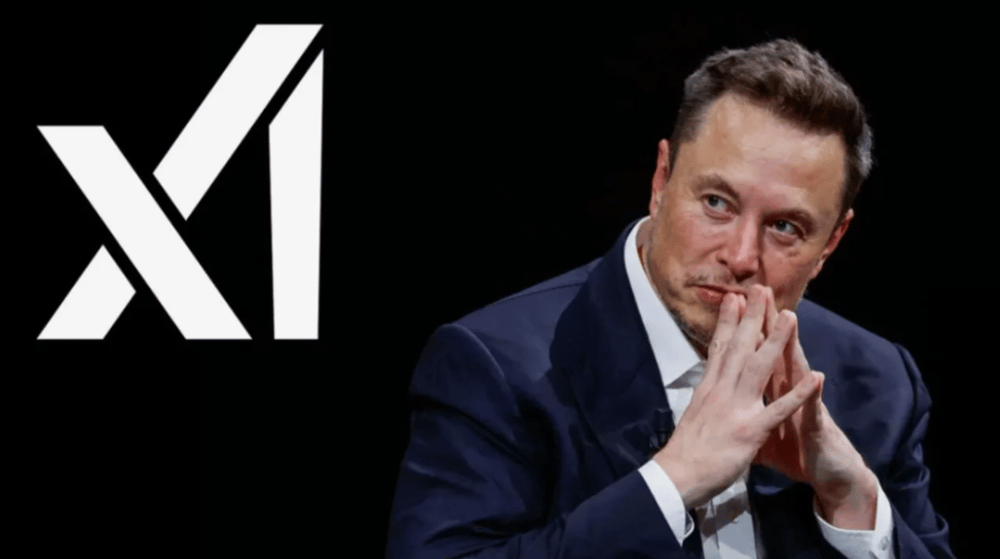Trump-Era Acronyms Reshape Market Sentiment: USD Volatility and Investor Strategy in Focus
Four months into President Donald Trump’s second term, financial markets are once again adjusting to a policy environment characterized by populist slogans, unpredictable policy shifts, and renewed geopolitical tension. Traders, drawing inspiration from Trump’s affinity for branded acronyms like MAGA (“Make America Great Again”), DOGE (which he once referenced during crypto surges), and the newly coined MAHA (“Make America Harsh Again”), have adopted a series of market acronyms reflecting the risks and strategies in the current climate.
While some of these acronyms are lighthearted or symbolic, many now serve as shorthand for complex investment approaches responding to policy-driven volatility, foreign trade disruptions, and regulatory reversals.
Political Branding Meets Market Behavior
These new trader-devised acronyms encapsulate perceived market dynamics under Trump’s renewed leadership. The labels are more than memes—they mirror structural shifts in investor psychology, such as rising USD volatility, defensive equity positioning, and commodity hedging.
Trump’s economic and trade decisions, including tariff escalations, energy protectionism, and diplomatic unpredictability, are shaping both risk-on and risk-off scenarios across major asset classes. Currency traders, for example, now frequently reference acronyms like TRUMP (Tariff-Risk Uncertainty Macro Positioning) when discussing USD and CNY volatility against a backdrop of deteriorating U.S.-China relations.
Similarly, equities traders have repurposed terms like MAHA to describe a strategy favoring defense, energy, and domestic infrastructure sectors, which are perceived as more insulated from external shocks and more likely to benefit from Trump’s “America First” agenda.

New Market Acronyms Under Trump 2.0
MAGA — Traditional pro-growth, tax-cut narrative linked to U.S. equities.
DOGE — Reference to speculative assets gaining traction via social media, including cryptocurrencies.
MAHA — Defensive sector strategy: militarization, energy independence, and industrial policy.
TRUMP — Tariff-driven uncertainty and macro hedging, especially on USD, CNY, and JPY.
FEAR — Flight-to-safety acronym: Fixed Income, Energy, Agriculture, and Resilience.
Market Reactions and Expert Commentary
Market responses to Trump’s second-term policy cadence have been mixed but increasingly strategic. Volatility indexes like the VIX have spiked intermittently as investors weigh abrupt foreign policy tweets, sanction risks, and fiscal stimulus announcements. Analysts at JPMorgan and Goldman Sachs note an increased rotation into U.S.-centric assets, supported by narratives embedded in acronyms like MAHA and FEAR.
Meanwhile, forex markets have shown sensitivity to geopolitical signals. The USD/JPY pair, in particular, has become a bellwether for sentiment toward East Asian relations and U.S. defense posture, especially as military rhetoric intensifies around Taiwan and the Korean Peninsula.

Market Impact of Trump-Inspired Acronyms
MAGA remains equity-positive, particularly for domestic-focused firms in SPX.
MAHA reflects defensive posturing, favoring sectors like defense, oil, and infrastructure.
TRUMP acronym captures macro volatility, guiding positioning in USD, CNY, and JPY.
Crypto sentiment (DOGE) continues to be driven by social media and speculative flows.
VIX volatility spikes often correlate with major Trump announcements or reversals.
Political Semantics Inform Market Strategy in High-Volatility Era
The emergence of acronym-driven trading under Trump’s renewed presidency highlights the fusion of political branding with market logic. While such labels may appear superficial, they offer a fast, accessible framework for understanding investor behavior amid heightened policy risk.
Ultimately, these trader-born terms reflect deeper anxieties—and opportunities—within a political economy defined by unpredictability, protectionism, and polarization. As markets recalibrate, these acronyms may evolve into enduring signposts of the Trump era’s influence on global finance.















Comments